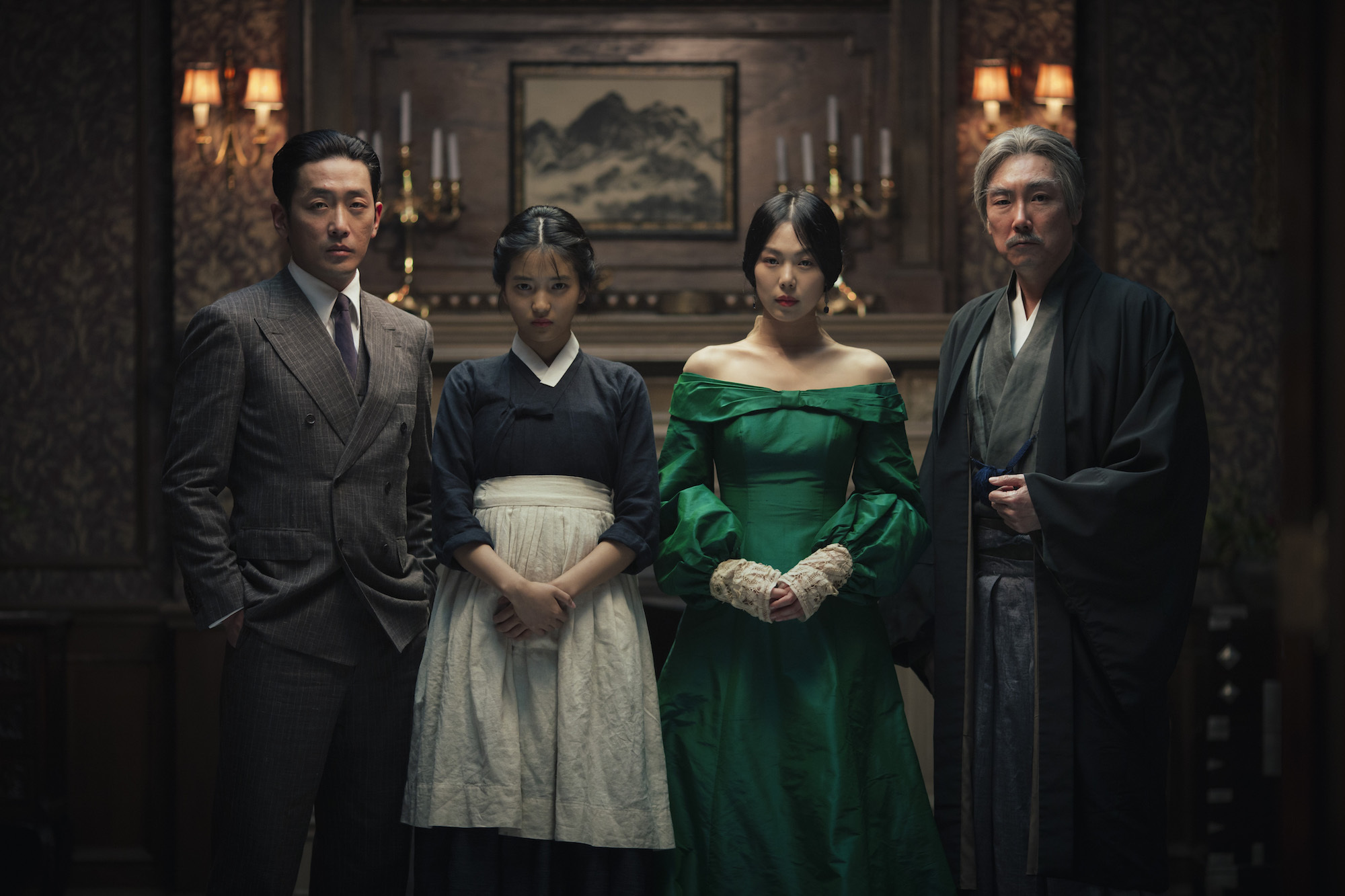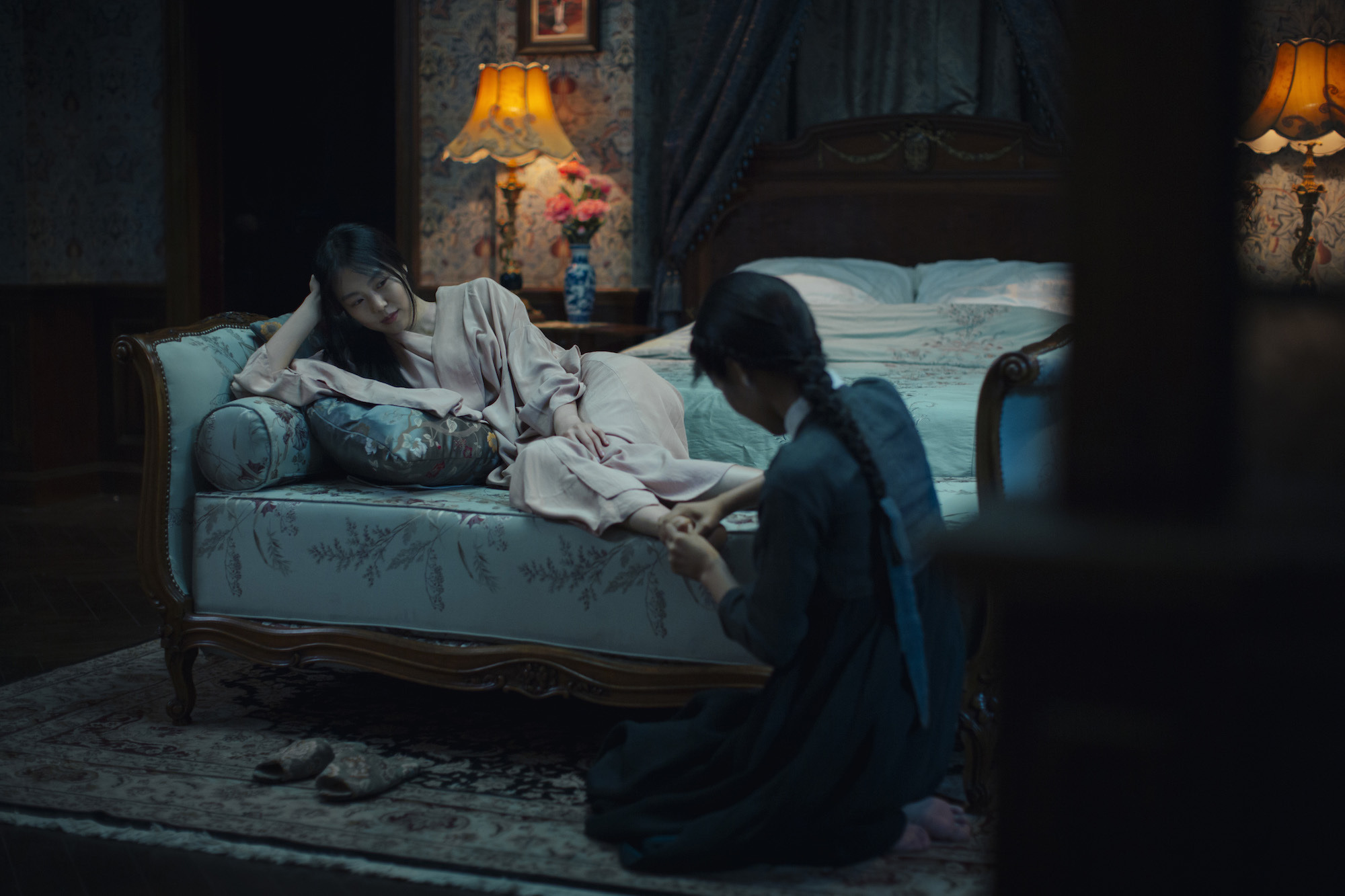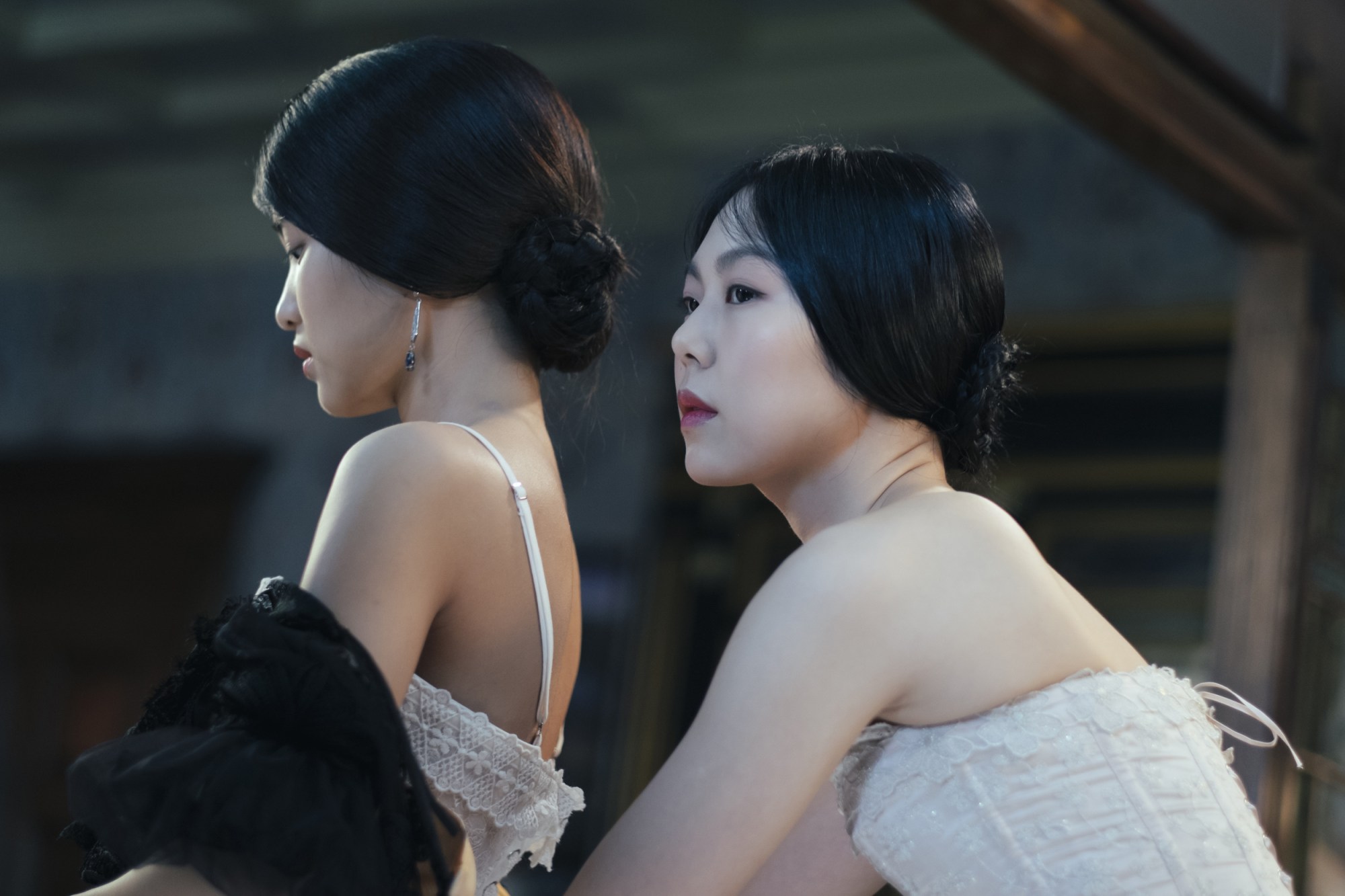Park Chan-wook, the South Korean cinema legend best known for his chilling neo-noir revenge film Old Boy, was just glad no one walked out of his latest film. Having watched The Handmaiden — a spellbindingly erotic lesbian thriller that relocates Sarah Waters’s award-winning 2002 novel Fingersmith from Victorian England to 1930s South Korea — it’s difficult to imagine anyone even pausing it to get a drink or use the bathroom. In fact, the film was the undisputable toast of Cannes earlier this year. But satisfying both his existing superfans and the fundamental (often homophobic) Protestant older generation in South Korea posed more of a challenge. “It was an encouraging sign for me,” he says, “to find that average cinema-going audience would come to the cinema thinking that they are in for a good movie or that they’re there to see their favorite stars, but come out of the theatre thinking that homosexuality is a natural thing.” The Handmaiden isn’t an esoteric art house flick — it’s a subversively mainstream success story.
As with Park’s previous films, there is a copious amount of blood, but it’s the more subtle elements in The Handmaiden that haunt you long after the credits have rolled. The film is divided into three twist-heavy chapters spurred along by exquisite visuals, the cross-cultural politics of 1930s East Asia, and unfiltered, S&M-flavored love scenes between two multi-faceted female leads — Kim Min-hee, who plays Lady Hideko, and newcomer Kim Tae-ri’s Sook-Hee, the handmaiden hired to swindle her. We talk to the director about how ageing allows him to connect with his feminine side, how he’s distancing himself from Hitchcock, and why comparisons to Blue Is the Warmest Color are somewhat misguided.
How did you become familiar with the book Fingersmith and what attracted you to the story?
Just as it was the case back in Old Boy, the producer Syd Lim approached me with this book saying, “Would you like to turn this into a film?” It was written by an author that I wasn’t familiar with, but I picked it up and liked it so much that I went out and grabbed all the books that she had written and read them all. The thing I liked most about Fingersmith was reading the first sex scene between the two women. The character Hideko, her equivalent in the book is Maud, asks the handmaiden Susan, “What is it that men want in bed?” [I like] when the handmaiden is teaching her how things are done in bed in more of an educational session, the way they go about it and hide their true feelings towards each other but pretend that this is only an education thing. The other person is showing the lady how it’s all done. I liked the performance aspect of it — that they’re acting and hiding their true feelings.
There’s a lot of focus on the emotional, rather than physical, side of things. You once said that as you get older you tap into your feminine side more. Why do you think there is an emotional connection between young women and ageing men?
I think everyone has both a feminine and masculine side. For men to discover their feminine aspect more and more, I believe it’s a universal phenomenon. Maybe it’s because I live in a three-member family with my wife and daughter, I am discovering my feminine side more and more. But I equate that to becoming mature as a person. Perhaps it’s because I have a daughter who used to be just cute — a baby. But as she grows older I’m able to have a conversation with her and I get to feel that she’s more of an equal person. Maybe that is a factor in how I am able to discover my feminine side.

The bad characters in the film are obsessed with the elements of Western culture that are brought into Korea by the Japanese. Why is this so important to the film?
I wanted to show and encapsulate the process of Korea becoming modernized. For a long time in Korean history, Koreans felt that they were culturally superior, especially to the Japanese, and they did not open their borders to the outside world. They were just locked in this inward-looking world of their own. Korea remained stagnant for a long time until its borders were forced open and it had to receive culture from the outside world by force. It was a time when, filtered through Japan, Western culture made its way into Korea. It was when modern science and modern technology made their way into Korea. Kozuki is representative of Korean people who are receiving this new influx of culture and science and technology at such a rapid pace and how people respond to it. Even though it was forced on Koreans, there are characters like Kozuki who are Japanese sympathizers. There were sections in society who would voluntarily worship the Japanese for their modern advances and the Western culture they are bringing with them.
How is homosexually seen in South Korea in 2016? Why is film a good vehicle for encouraging progression?When it comes to the issue of homosexuality in Korean society, it feels like the country is divided into two. There is the older generation, and there is a significant percentage of the Korean population who are fundamental Protestants who are homophobic, as opposed to the younger generation who have no issue with homosexuality and are very accepting of it. There is a stark contrast between the two sections. A lot of people are engaged in the movement for same-sex marriage and there are big LGBT parades being conducted in the main streets of big cities, and a lot of independent filmmakers are making movies dealing with this issue. I think we owe to these kinds of efforts that a film like this one can be made as a mainstream movie. Just like this film is a result of those kinds of efforts, I hope that this film and its commercial success and critical recognition will lead to more to come in the future.

There is a quite a lot of humor in the sex scenes. Why did you think it was important to include jokes in these otherwise serious segments?
The more serious the story could get — and especially because there are homosexual elements in this film, which may make some people scared or uncomfortable — the more I thought it was important to infuse humor into the proceedings. If the ordinary, average cinema-goer left the theatre thinking, “That was a very natural thing that they did” — if that worked, maybe it owes to humor to some degree. The humor in this film is unlike the humor found in my revenge films that I made before. It’s very warm as opposed to the cold and cynical kind of humor that was found in my previous revenge films.
When the film was premiering in Cannes it was frequently compared to Blue Is the Warmest Color, which had a lot of controversy attached to it. You previously said that your love for Hitchcock led you to treat your actors like props. How did you move forward from there and encourage a positive relationship between the two female leads?
Regardless of whether it’s a male or female actor, shooting a sex scene can be an enjoyable experience for any of them. But it’s something that is both physically and mentally exhausting. Because I know this very well, I tried to be as considerate as I possibly could. First of all, even before I handed my actors the copies of the script, I said, “This movie is going to involve these kinds of scenes, and only if you are okay with that I will let you have a look at the script.” In that screenplay, I made a very detailed description of what the action would be. Those scenes were the first ones that I storyboarded, and those scenes would be the most detailed — and I tried to make them the most accurate. I would show them to the actors and say, “This is the exact angle I will shoot it, these are the exact parts of your body that will be shown in this way, and if there is anything uncomfortable that you find in it, let me know, and we will change it.” While fully dressed, we had the actors doing the rehearsal of these scenes to see the blocking of it, to figure out where the camera would be and how it would be lit. I tried to schedule these scenes as early as possible so they’re not looming in the back of their mind or something they’re worrying about all throughout shooting the movie.
We had all the male members of the crew leave the set — even the DP and the operator — and we would use a remote hand to remotely control the camera. For that day we hired a female boom operator. Next to the set we prepared a private room so the actors could take a rest between shooting. It would be dimly lit and it would have candles and wine and some snacks so they would really relax and take time out if they needed to. During the shoot I try not to be greedy, and if I think I’ve got it, I would quickly move on to make sure I would only do one or two takes. On the days I would shoot like this, all the male crew members thought it was Christmas, because they didn’t have to work.
Credits
Text Hannah Ongley
Images courtesy of Magnolia Pictures
